Sapphire: The September birthstone
Whether it’s for their mythical qualities or vibrant beauty, sapphires are undeniably one of the four most precious stones in the world. From the Ancient Egyptians to the Duchess of Cambridge’s engagement ring, sapphires have been the object of fascination for the richest and most noble figures of society. Ancient Romans and Greeks treasured them for their wisdom, medieval priests sought them for spiritual insight and the British Royal jewels have long been inundated with the precious gems – one even dating back to 1042.
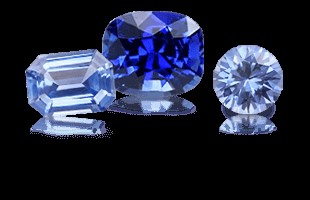
Origins
Along with diamonds, rubies and emeralds, sapphires are among the natural wonders of the world. They’ve been an appreciated part of our gemmology collection for centuries, dating all the way back to at least 800 BC. Taking millions of years to form, the creation of sapphires is one of the longest formation processes of all precious gems; but it is well worth the wait as the jewels are incredibly durable, ranking just below diamonds on the Mohs hardness scale.
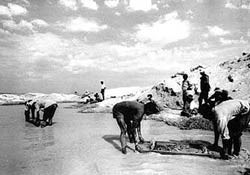
Although sapphires can be found all over the world, including Australia, Cambodia and Thailand, the best of the best have been found in Kashmir and Sri Lanka.
Out of the two, Kashmir sapphires are the most sought after due to their rarity and unique “blue velvet” hue. In the early 1800s, a landslide in a remote valley in the Kashmir region of India, exposed deposits of sapphires. Thanks to their rich colour and glow, they immediately became a favourite of the Maharaja of Kashmir, who bought the mine and called for intense work to recover the jewels. After just five years, the mine was exhausted of all retrievable sapphires and closed in 1887. In the hopes to find more, a new mine was opened a while later but mining attempts have rarely proved successful. As a result, the Kashmir sapphires in circulation today are either incredibly rare or from the brief 19th century mining period; but all are extremely valuable.
Sri Lankan sapphires originate from the oldest sapphire mines in the world. The area, known as Ceylon until 1972, has been documented in historical records for producing high quality jewels since the 2nd century AD. Along with historical origins, the gems are praised for their unique light shade of blue. One of the most famous Ceylon sapphires sits as the centre stone of the late Princess Diana’s engagement ring.
Proof of mystical powers?
In a rare type of sapphire, an optical phenomenon called asterism takes place. Within the aptly named star sapphires, small needles of silk reflect the light in a way that creates the shape of a star. The intersection of the star sits in the middle of the gem and, when viewed from different angles, the celestial shape appears to ‘float’ in an effortless movement, never disappearing from view. These jewels have been considered bearers of good luck and fortune and one was even used by Sir Richard Burton as his talisman when he travelled the Orient.
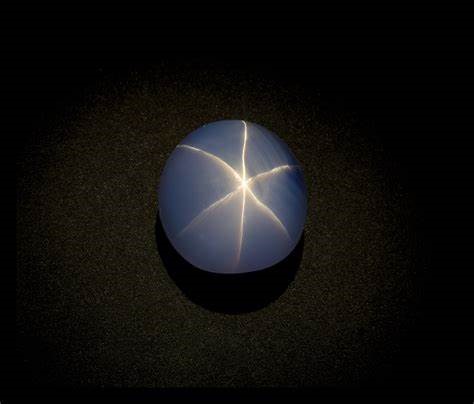
One of the most famous star sapphires is the Star of India, which sits in the American Museum of Natural History. Despite its name, the jewel was mined in Sri Lanka around 300 years ago. Experts believe that the stone, weighing an impressive 563-carats, is some 2 billion years old. In 1964, the jewel was famously involved in a jewel heist and stolen from the museum. For two days police searched until it was finally found in a Miami bus locker. After the event, many have speculated that the jewel may in fact be cursed.
It doesn’t all have to be blue
When you picture a sapphire, of course a rich blue hue comes to mind but many are surprised to find out that the precious gem comes in an array of colours. From pinks and yellows, to greens and blacks, a sapphire’s colour spectrum includes all but red. Whilst blue is the most popular, many are captivated by the different shades; including the peachy blush of padparadscha sapphires, like the one in Princess Eugenie’s engagement ring.
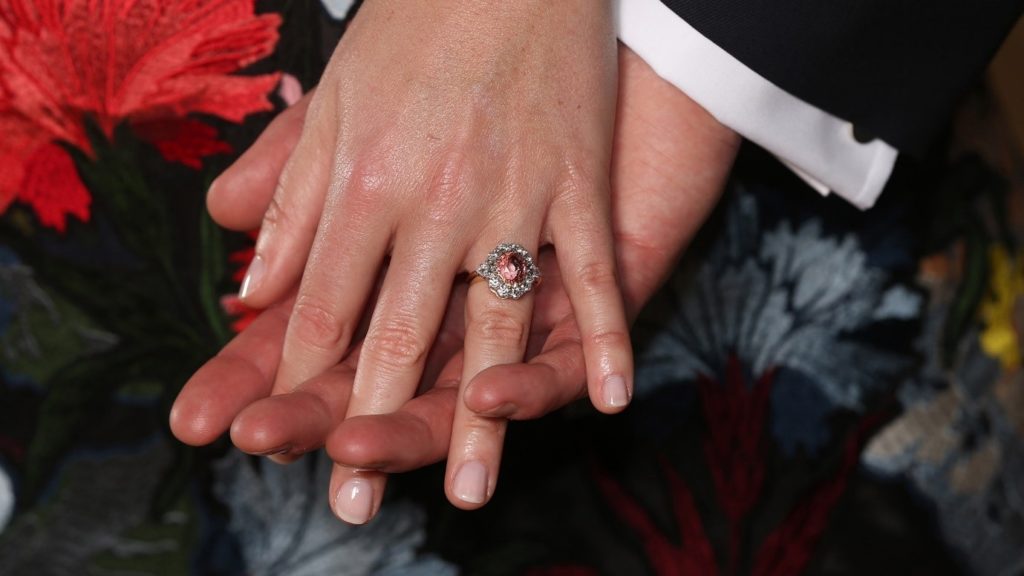
A consequence of not knowing this fact meant that a 733-carat black sapphire – the Black Star of Queensland – was used by an Australian family as a doorstep for over a decade in 1938. The jewel, now appreciated amongst a surrounding of diamonds, is estimated to be worth up to $50 million.
Any colour but red?
The reason why a sapphire can be any colour but red is because a red sapphire is actually a ruby. Both gems are made from the mineral corundum which, when growing in the earth, absorbs chemical impurities. It is this addition of material that decides what colour the stone will be. If it contains iron then, the gem will be blue – a sapphire. If it contains chromium, it’ll be red – a ruby. As long as the red hue is deep and rich, then it is considered a ruby, anything lighter is a pink sapphire.
The chameleon of precious stones
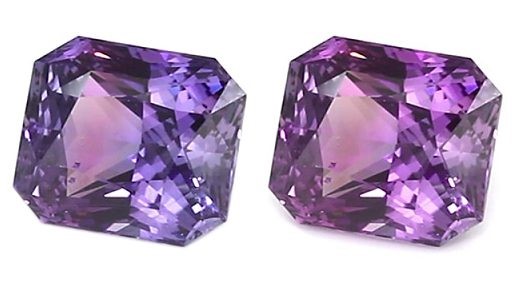
Whether or not you believe in a sapphire’s mystical properties, what is undeniably magical is the stone’s ability to change colour. A sapphires colour spectrum is extremely broad and, when held under different types of light, these incredibly rare stones – known as Corundum’s Chameleons – will show different shades and colours. The majority of colour changing sapphires shift from blue under natural daylight to a violet-purple under incandescent light. Some rare colour-change sapphires change from green in daylight to reddish brown in incandescent light.
With qualities like these, the humble sapphire becomes so much more and it is clear to see why they are considered one of the natural wonders of the world.
London DE offer a wide range of coloured gemstones and can handcraft any bespoke piece to order. Get in touch with them today to arrange a free consultation and to find your perfect bespoke piece.
Visit their blog to explore similar articles.
By Holly Johnson


